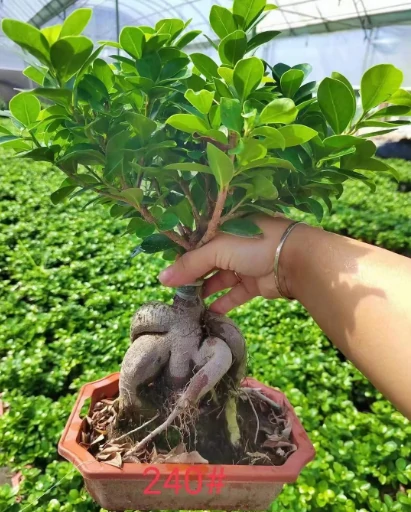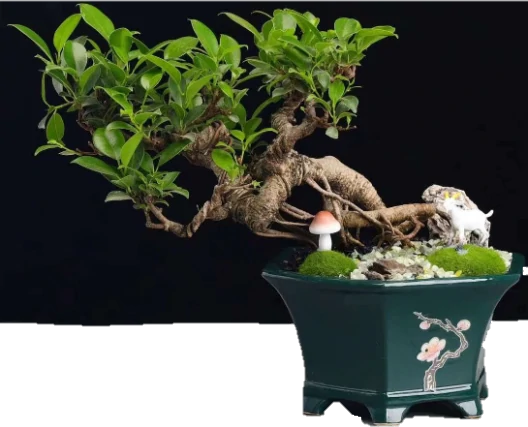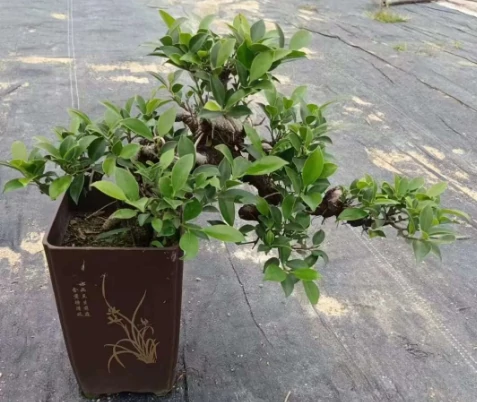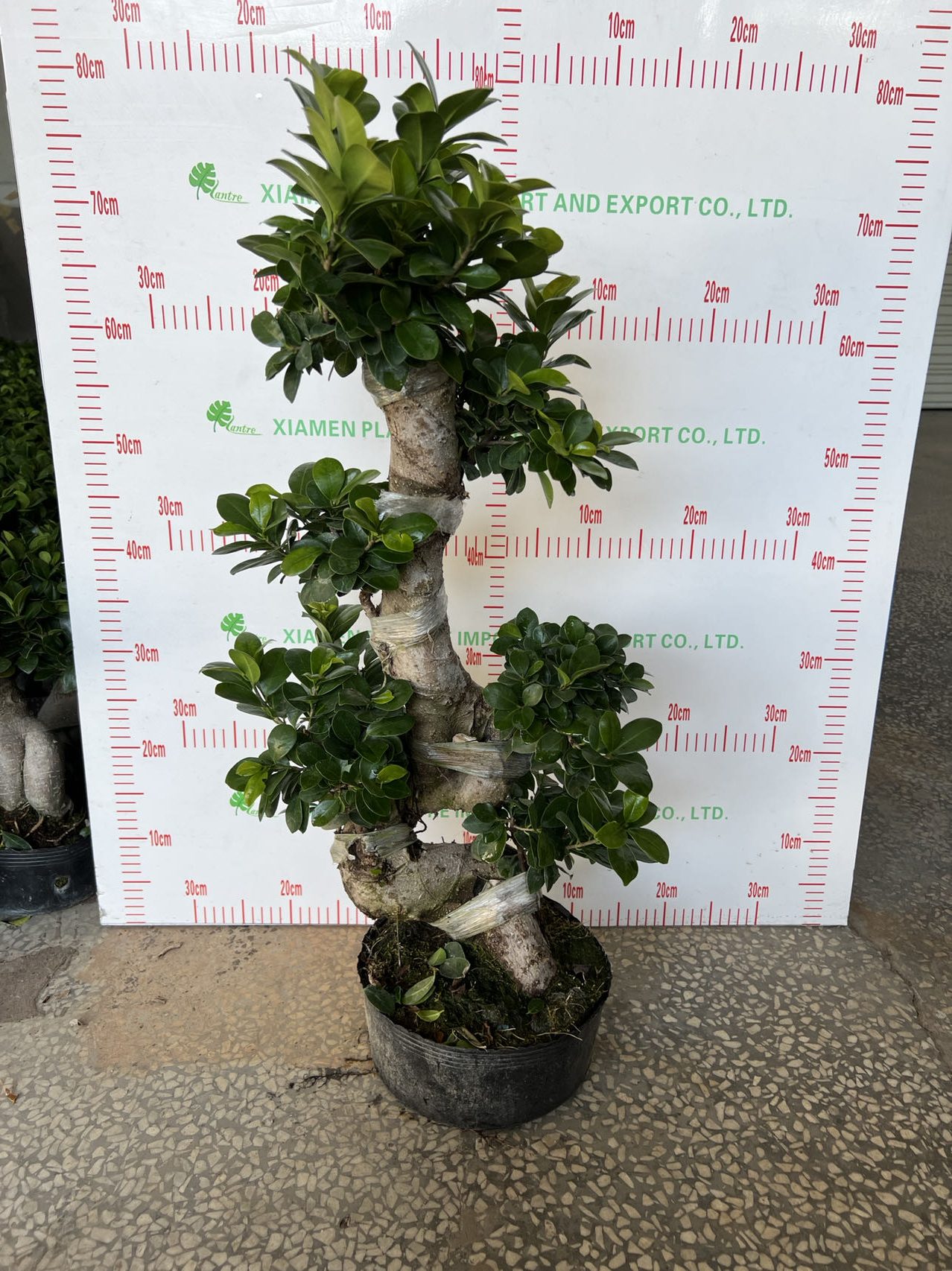- Tüm Bitkiler
- Aglaonema Kırmızı
- Aglaonema Suksom Jaipong
- Aglaonema Beyaz
- Alocasia
- Antoryum
- Cymbidium
- Kaladyum
- Dieffenbachia
- Ficus Ağacı
- Fern
- Keman Yaprağı İnciri
- Hoya
- Monstera
- Filodendron
- Pothos
- At Kuyruğu Palmiye
- Para ağacı
- Kauçuk Fabrikası
- Syngonium
- Spathiphyllum
- ZZ Plant
MenüMenüMenüMenü - Hakkımızda
- Haberler
- Hizmet
- Bize Ulaşın
 Turkish
Turkish










